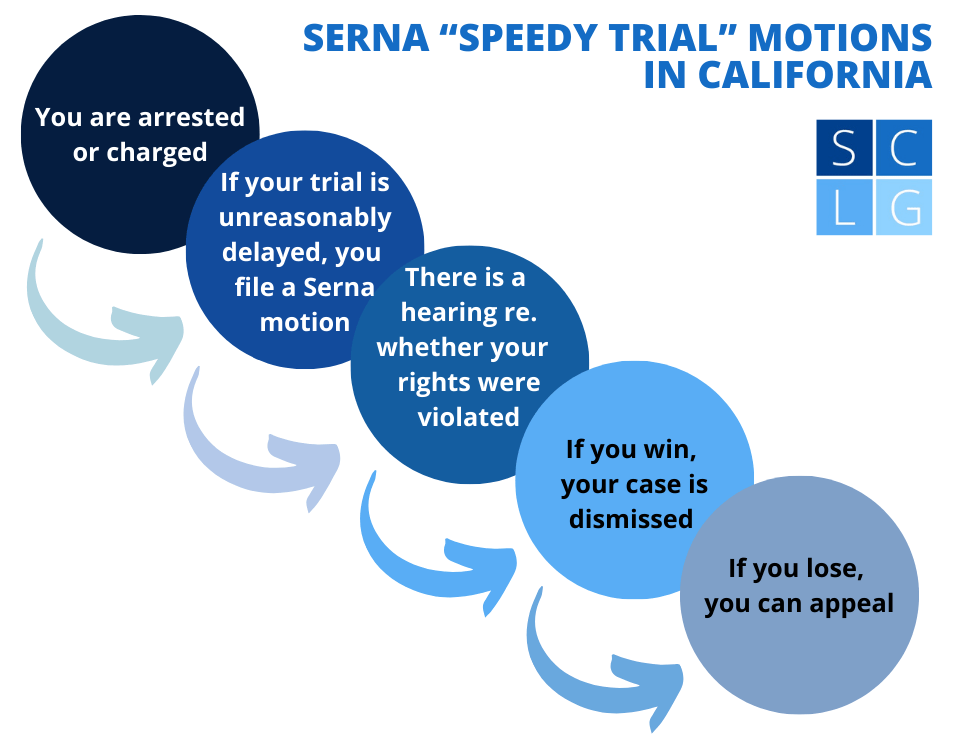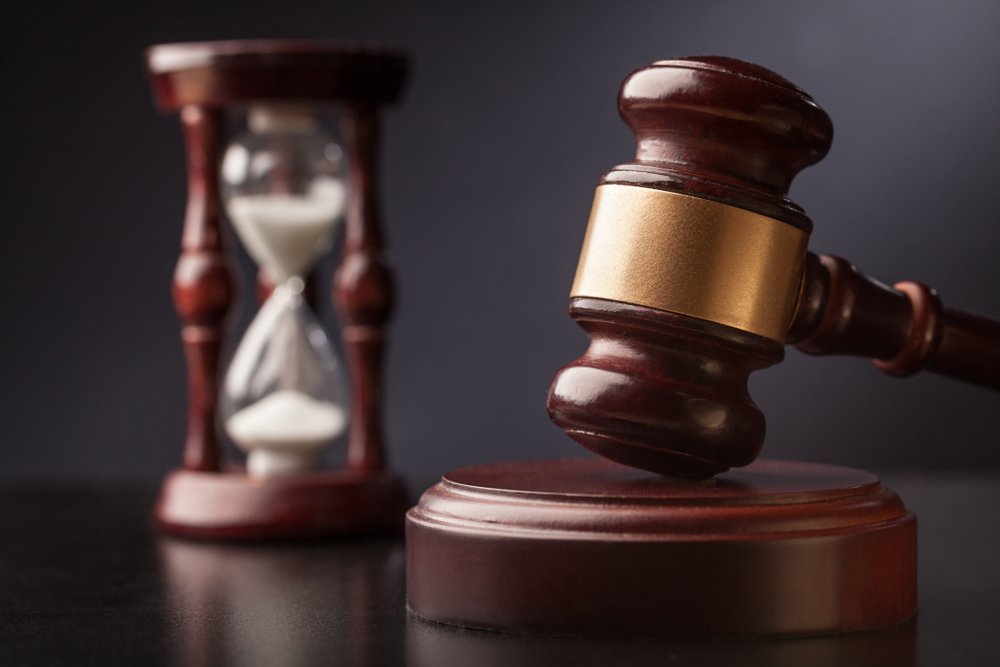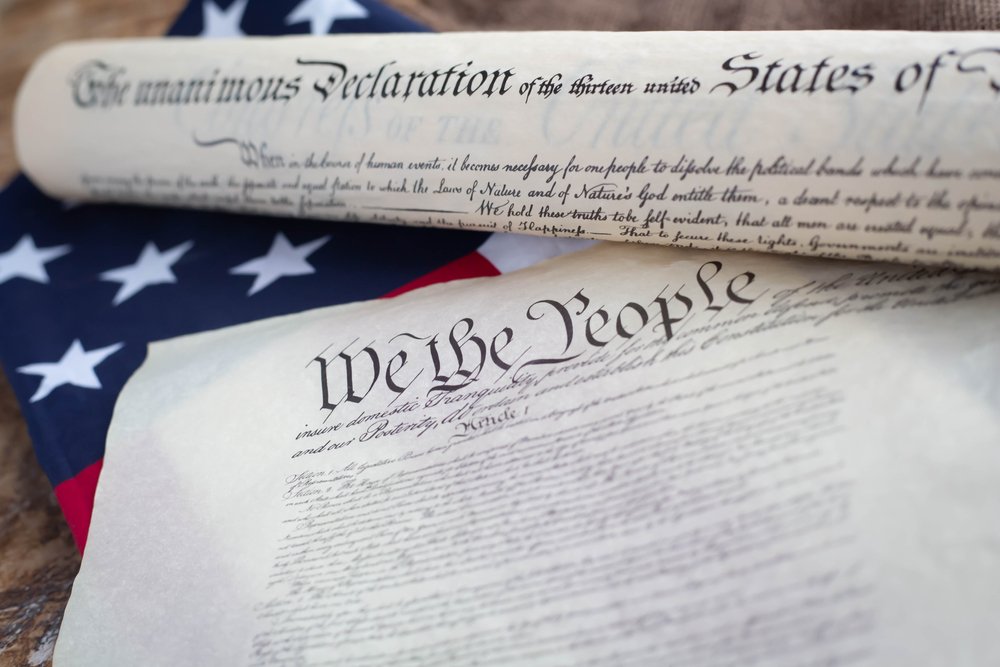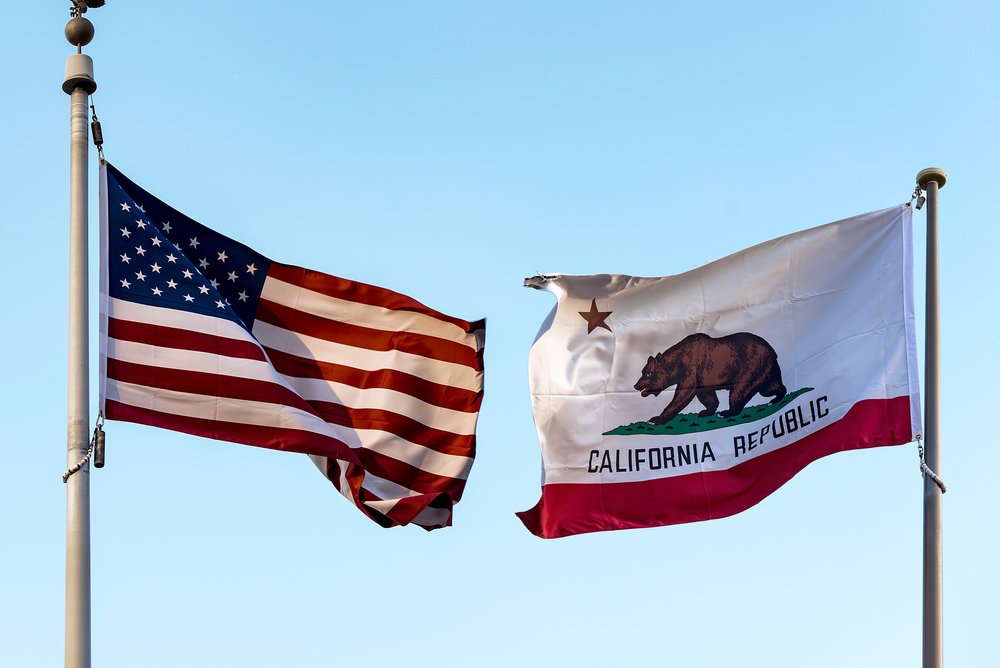A Serna motion is a pretrial motion to dismiss criminal charges because you were denied the constitutional right to a speedy prosecution or a speedy trial. Serna motions also go by the term speedy trial motions.
Here are four key things to know:
- A successful Serna motion will result in your criminal charges being dismissed.1
- If you lose the Serna motion, you can still appeal.
- You can always waive your right to a speedy trial.
- The deadline by which a speedy trial must occur depends on your case:
|
Case |
Deadline for speedy trial |
| California misdemeanor case | Within 45 days of the misdemeanor arraignment (or within 30 days if you are in custody) |
| California felony case | Within 60 days of the felony arraignment |
| Federal case | Within 70 days of the filing of charges or your first appearance, whichever happens later2 |

Below, our California criminal defense attorneys will address the following:
- 1. What is a Serna motion?
- 2. What is my right to a speedy trial under the federal Constitution?
- 3. What is my right to a speedy trial under the state constitution?
- 4. What are the potential outcomes of a California Serna Motion?
- 5. Should I waive my right to a speedy trial?
- Additional Reading

The right to a speedy trial is in both the U.S. Constitution and the California Constitution.
1. What is a Serna motion?
A California Serna motion (also known as a “speedy trial motion” or a “speedy trial demand”) is a pretrial motion we can file when there has been an unusual delay in bringing you to trial. If the delay violated your right to a speedy trial, then your criminal charges must be dismissed.3
After we file a Serna motion on your behalf, the judge in your case will hold a hearing where we and the prosecution present relevant evidence. The judge will then decide – prior to your trial – whether to grant the motion and dismiss your charges.
2. What is my right to a speedy trial under the federal Constitution?
The Sixth Amendment to the US Constitution grants the right to a speedy trial. In misdemeanor cases, the clock for a speedy trial starts running when either of the following occurs:
- The filing of a complaint;4 or
- Your arrest–but only if the arrest is followed by some kind of actual or continuing restraint (like a California bail requirement or travel restrictions).5
In felony cases, the clock starts running when one of the following occurs:
- You are arrested;
- A holding order is issued for you following a preliminary hearing; or
- An indictment or information is filed.6
A felony complaint does not activate the right to a speedy trial under the US Constitution.7

The Sixth Amendment grants the right to a speedy criminal trial.
Speedy trial motions to dismiss under the US Constitution
When you file a Serna/speedy trial motion, the judge will determine whether the delay in bringing you to trial is unreasonable under the Sixth Amendment. The judge will weigh four factors:
- The length of the delay: A long delay will more likely work in your favor than a minor delay.
- The prosecution’s reasons for the delay: If the D.A.’s delay was intentional rather than merely negligent, that could be prosecutorial misconduct justifying your case being thrown out.
- Your assertion of your rights: If you made efforts to speed up the process during the delay instead of merely “waiting out the clock” to file a Serna motion, the judge will be more sympathetic to you; and
- Whether the delay prejudiced your interests: Examples we give of how a delay harmed our clients’ defense include:
- evidence that has been lost and
- witnesses who are no longer available to testify or whose memories have faded.8

Under California law, a complaint activates your speedy trial rights.
3. What is my right to a speedy trial under the state constitution?
Under Article I, Section 15, of the California Constitution, your right to a speedy trial begins at the earlier of:
- The date a complaint or any other charging document is filed against you; or
- The date you are arrested (if that arrest is followed by actual or continuing restraint of some kind).9
This is one major difference between the federal and state laws on Serna motions: Under federal law, a felony complaint does not start the speedy trial clock running–only an indictment or information can do that; meanwhile under state law, a complaint activates your speedy trial rights for either misdemeanors or felonies.10
Speedy trial motions to dismiss under the California Constitution
When deciding whether to grant your Serna motions under the California Constitution, the judge will consider only two factors:
- The reason for the delay; and
- Whether the delay prejudiced you.11
Unlike with the federal standard, the court will not presume prejudice if there is an unusually long delay. If you cannot show that there was some harm to you from the delay, then you are unlikely to win a dismissal through a Serna motion under the state constitution.12
4. What are the potential outcomes of a California Serna Motion?
The best possible outcome is that the judge finds that your speedy trial rights were violated and grants your Serna motion, thereby dropping all charges against you.13
The other possible outcome is that the judge denies your Serna motion, and your case proceeds. If this happens, though, we can always appeal the judge’s decision.
In the event you are ultimately convicted of the charges, we can also appeal your conviction on the grounds that the judge was wrong to deny your Serna motion.
5. Should I waive my right to a speedy trial?
It depends on your case.
On the one hand, we find that speedy trials are beneficial because evidence and memories are fresh. Plus if you are in custody, you can get a quicker release if you have a speedy trial that results in an acquittal.
On the other hand, we may recommend that you waive your right to a speedy trial so we can have extra time to gather favorable evidence and craft a strong defense. Sometimes we find that the longer we draw out a case, the more eager the prosecution is to settle.
See our related article on the statute of limitations in California criminal cases.
Additional Reading
For more in-depth information, refer to these scholarly articles:
- Beyond Pollard: Applying the Sixth Amendment’s Speedy Trial Right to Sentencing – Stanford Law Review.
- Victims’ Right to a Speedy Trial: Shortcomings, Improvements, and Alternatives to Legislative Protection – Washington University Journal of Law and Policy.
- The Not So Speedy Trial Act – Washington Law Review.
- The Right to a Speedy Trial – Stanford Law Review.
- Speedy Trial Rights in Application – Fordham Law Review.
Legal References:
- See Serna v. Superior Court (1985) 40 Cal.3d 239 (Joaquin Mario Serna’s misdemeanor trial was repeatedly pushed back to four year after the complaint). See also California Penal Code 1382 PC. See also People v. Gonzalez, 2021 Cal. LEXIS 8429.
- California Penal Code 1382 PC. 18 U.S.C. § 3161 (Speedy Trial Act).
- Serna v. Superior Court, endnote 1, above.
- Serna v. Superior Court, endnote 1, above, at 262.
- People v. Williams (2012) 207 Cal.App.4th Supp. 1, 6-7. See also People v. Aguilar (
- People v. Martinez, endnote 6, above.
- People v. DePriest (2007) 42 Cal.4th 1, 26.
- Barker v. Wingo (1972) 407 U.S. 514, 530-533. The reasons why the prosecution delayed bringing your case to trial will be an important factor in the federal Serna motion analysis. If the government deliberately delayed the trial to make it more difficult for you to mount a defense, then that is a substantial factor supporting the finding that the prosecution violated your rights. (This kind of behavior can amount to a form of prosecutorial misconduct.) Barker at 531. More “neutral” excuses such as negligence and overcrowded courts still weigh against the government – but not as strongly. And valid reasons such as a witness being unavailable will count in the prosecution’s favor. Barker at 531. The degree of “prejudice” (that is, harm) to you from the delay is another major factor that helps determine whether a speedy trial motion under the US Constitution will be successful. Prejudice can take the form of: Long periods of pretrial incarceration; Anxiety and concern over the pending criminal charges; and/or Impairment of your ability to defend against the charges–such as the death or disappearance of witnesses or the weakening of witnesses’ memories of what occurred. Barker, at 532. Also, the judge will presume that prejudice exists (even without any evidence thereof) if the delay to trial was “uncommonly long.” People v. Martinez, endnote 7, above. In misdemeanor cases, any delay of more than one (1) year is long enough to create a presumption of prejudice. Serna v. Superior Court, endnote 7, above.
- People v. Hannon (1977) 19 Cal.3d 588, 608. People v. Williams, endnote 5, above.
- People v. Martinez, endnote 6, above, at 754-55.
- People v. Hill (1984) 37 Cal.3d 491, 496.
- People v. Martinez, endnote 6, above.
- See, for example, People v. Hill, endnote 11, above, at 494.
